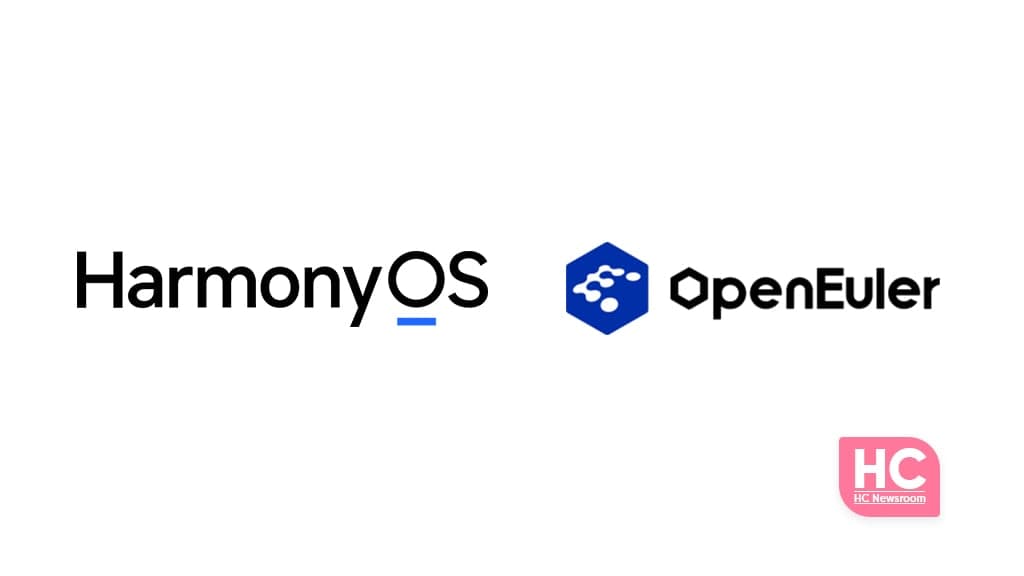Euler
HarmonyOS and OpenEuler has shared operating system kernel: Huawei

Huawei has officially announced the donation of the OpenEuler operation system at the Operating System Industry Summit 2021. During the event, Huawei officially confirmed some more information regarding the close architectural relationship between HarmonyOS and OpenEuler.
Huawei OpenEuler and HarmonyOS have already inherited the sharing of kernel technology, and in the future, they will further strengthen sharing in the aspects of distributed soft bus, safe OS, device driver framework, and new programming language. Through the sharing of capabilities, ecosystem interoperability will be harnessed.
Wang Tao, Executive Director of Huawei and Director of the ICT infrastructure Business Management Committee said that Huawei will donate the full amount of OpenEuler open source operating system code, brand trademarks, community infrastructure, and other related assets to the OpenAtom Foundation.
Huawei Vice President and President of Computing Product Line Deng Taihua said that after Euler and HarmonyOS interoperate, This will bring us to Euler devices that will automatically recognize Hongmeng devices in applications and better serve the entire digital scenario.

OpenEuler:
OpenEuler has been upgraded from a server operating system to an operating system for digital infrastructure, supporting the full scenarios of digital infrastructure such as IT, CT, and OT, covering the needs of various forms such as server, cloud, edge, and embedded.
With the release of version 21.09, openEuler already includes four application scenarios:
- Server
- Cloud native
- Edge computing
- Embedded System
Currently, the OpenEuler community has around 10000 developers, around a hundred special interest groups, and 300 partner companies. This operating system enables huge possibilities and combines the power of processors, machines, basic software, application software, industry customers, and other partners in the entire industry chain.
(via – Sohutech)






